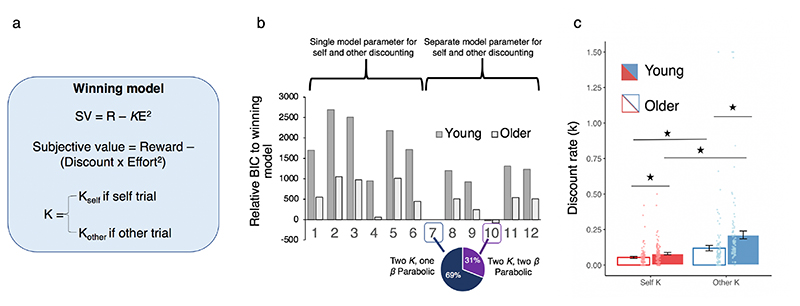Figure 2. Older adults discount rewards by effort less than younger adults, particularly for others.
(a) The discount rate (k) parameters were estimated by a parabolic model with separate parameters for self and other trials that had the best fit to participants choice behaviour. This model stated that the subjective value (SV) of a chosen offer was based on the level of reward on offer (R), subtracted from the estimated discount function for each participant (K), multiplied by the effort on offer (E), squared. (b) Full model comparison of parabolic, linear and hyperbolic discounting functions with either single (models 1–6) or separate discount (K) parameters (models 7–12) for self and other and/or single or separate noise (β) parameters for self and other. A parabolic model with separate parameters for self and other discounting, but a single noise parameter, best explained behaviour in the majority of subjects in both groups (model 7), which was determined by this model having the lowest summed BIC score, in combination with explaining behaviour in the highest proportion of participants. The pie chart shows the proportion of participants that the winning model explains behaviour for (blue) compared with the same model with separate noise parameters (purple). Graph displays relative BIC to model 7. (c) Comparison of the discount parameters from this winning model showed that older adults devalued rewards by effort less steeply particularly when someone else would benefit, compared to younger adults (recipient x group interaction, (b = -0.039 [-0.067 – - 0.011], z = -2.739, p = 0.006)). Note all results remained significant when excluding any outliers >3SDs from the mean k value. Asterisks denote significant difference at p<.01. Error bars show +/-SEM.

